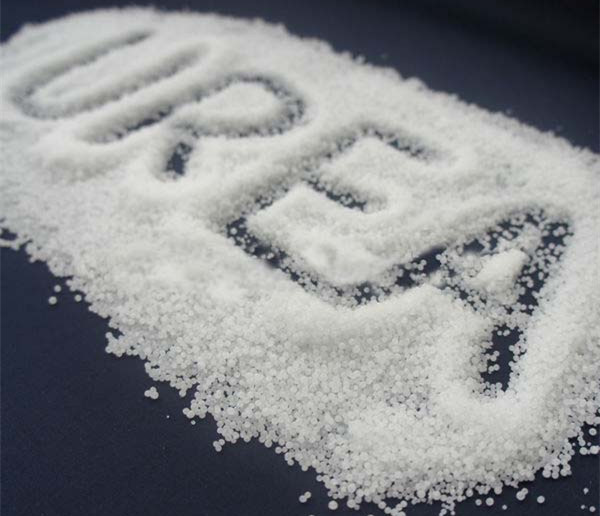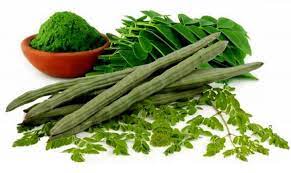
Urea (CH4N2O), or carbamide, refers to a highly soluble nitrogenous compound that is naturally found in the human liver. It is commercially synthesized by combining ammonia with carbon dioxide (CO2) under high pressure to obtain solid odorless white pellets or crystals. Urea is primarily used in the production of urethane, which is further polymerized to form polyurethane foams.
It is also utilized in the manufacturing of fertilizers, feed supplements, pharmaceuticals, adhesives, laminates, molding compounds, resins, coatings and textile finishes. It finds extensive applications across various industries, including agriculture, chemical, automotive and medical.
The global urea market reached a volume of 175.59 MMT in 2022 and is expected to grow at a compound annual growth rate (CAGR) of zero point ninety-two percent (0.92%) between 2023 and 2028 owing to the growing agriculture sector.
Significant growth in the agriculture industry across the globe is one of the key factors driving the market growth. In comparison to traditionally used ammonium nitrate, urea is more cost-effective and offers higher crop yield in lesser time. This has resulted in the widespread adoption of urea as a fertilizer and animal feed additive.
Furthermore, the increasing utilization of urea in the automotive industry is also contributing to the market growth. Urea is extensively utilized in this industry to minimize nitrogen oxide emissions from diesel automobiles. Automotive urea, or diesel exhaust fluid (DEF), is injected into the exhaust systems and tanks of trucks, buses, cars and sports utility vehicles (SUVs) to remove nitrogen oxide from the diesel exhaust.
The availability of premium-quality technical grade urea, which is extensively utilized in the manufacturing of medical drugs, dyes, disinfectants, cosmetics and yeast, is acting as another major growth-inducing factor.
Other factors, including advancements in melting and granulation technologies to enhance energy and cost-effectiveness of urea, along with the growing demand for urea in the chemical industry, are projected to drive the market further.
Breakup by Grade:
- Fertilizers Grade
- Feed Grade
- Technical Grade
Breakup by Application:
- Nitrogenous Fertilizer
- Stabilizing Agent
- Keratolyte
- Resin
- Others
Breakup by End-Use Industry:
- Agriculture
- Chemical
- Automotive
- Medical
- Others
The National Bureau of Statistics (NBS) has said Nigeria’s export of Urea reached N208.39 billion in the first quarter of 2022, making it the country’s biggest non-oil export product within the period.
The development, which was contained in the National Bureau of Statistics (NBS) report, revealed that Urea has replaced Sesamum seeds as biggest non-oil export product, adding it ranked the third-highest of Nigeria’s export with a total of two point ninety-three percent (2.93%) share of total exports for the first quarter of 2022.
According to the data, the figure showed a sharp contrast compared to the corresponding period in 2021, when sesame seeds accounted for the highest chunk of Nigeria’s non-oil export, noting that the country exported N 16.77 billion worth of urea in the first three months of 2021.
Nigeria has a comparative advantage in urea production and setting up a urea production plant in Nigeria would enable the country to realise it's agricultural potentials and earn scare foreign exchange.
The market for urea in Nigeria is national, expanding and sustainable. The market is second to petroleum products in Nigeria. From our analysis investment in fertiliser is very profitable with high return on investment.























